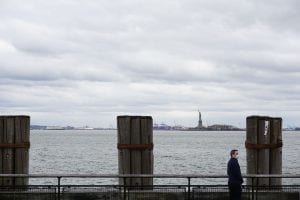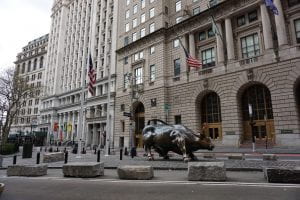Since we’ve moved out of the studio a lot has changed.
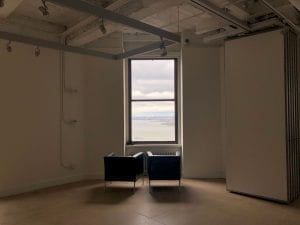
The space that was originally shared by 50 art and architecture students is now used by a single person to 3D print and ship visors for medical facilities in need.
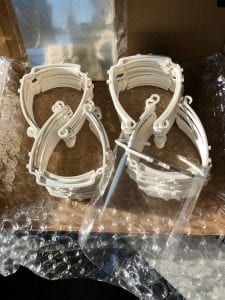
Our spatial awareness has been heightened to accommodate distances of 6’. The scale of space is now defined by the amount of people allowed into a store at a time. Occupancy load is completely redefining the economy of space throughout the city. There are icons in grocery stores of which objects equate to 6’, just so everyone is on the same page once they finally enter the grocery store. We’ve learned that two shopping carts is the proper distance to keep with other customers.
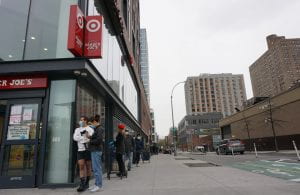
Once in a while, we will take a walk to get some fresh air, with gloves and face masks, to see what has changed on the streets. The air is clean and there are tulips galore.
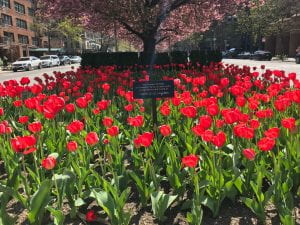
The streets are quiet. You can pick out any one particular sound and trace its origin much easier than before.
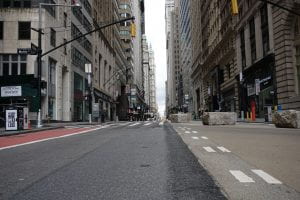
The streets of the city are empty but the bike lane and pedestrian paths of Central Park are packed. The park is where people try to take advantage of the good weather and escape the realities of the new city.
That and the fact that it is one of the only places still open. Though people come here to get a break from being cooped up, there are still constant reminders about distancing.
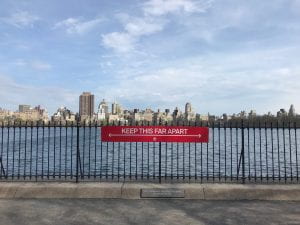
What does this mean for the way we think about space? There have been many instances of professors talking about increased corridors—how we may need to think of egress paths as 8 or even 10 feet, to keep that 6 feet distance while passing along a hallway.
We don’t know what the future of city living will have in store. Everyday seems to be the same and perhaps we are just getting used to this new norm.

